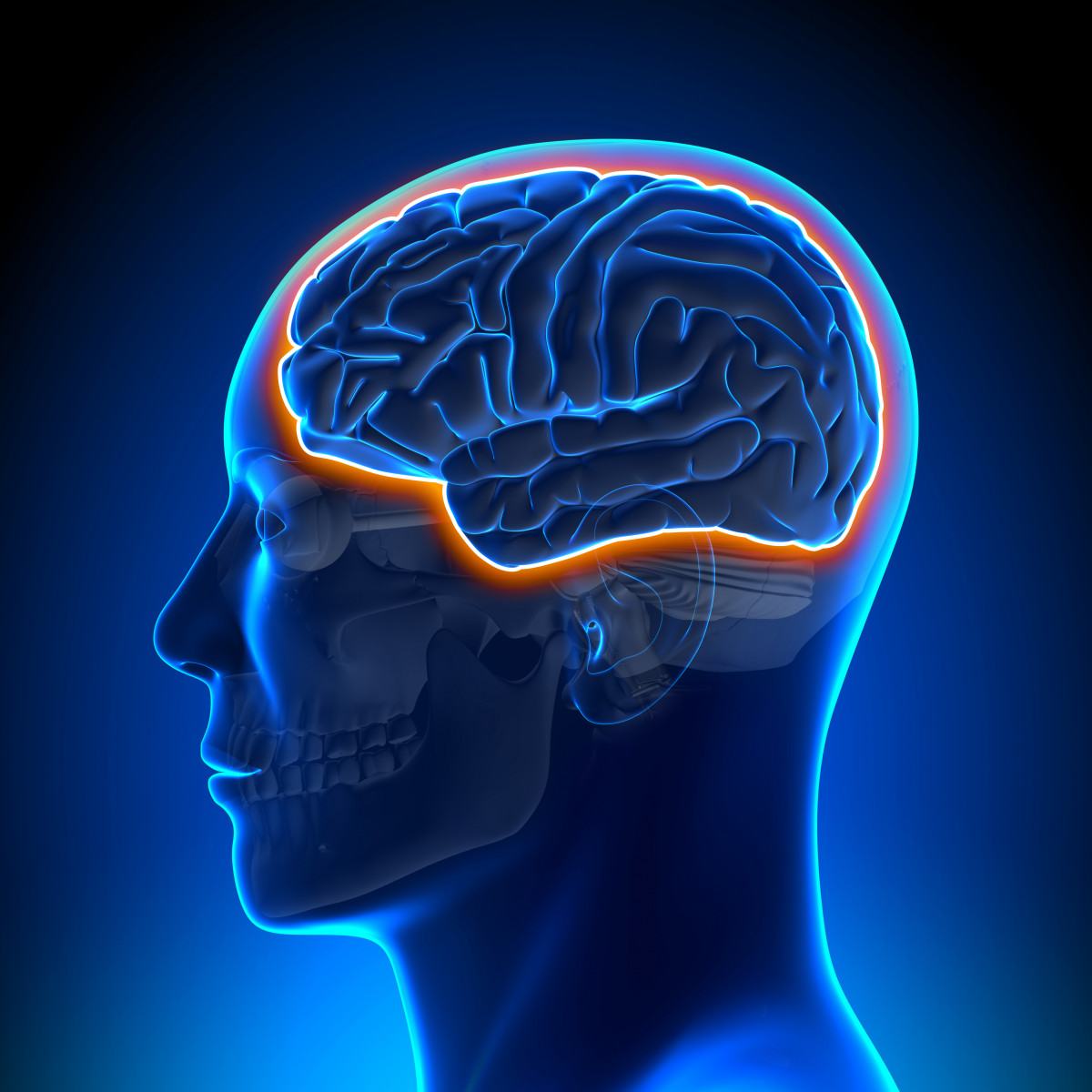Baclofen Pump Better than DBS to Treat Dystonia and Pain in CP

Intrathecal baclofen pump (ITB) can be more effective than deep brain stimulation (DBS) for relieving involuntary muscle contractions (dystonia) and pain associated with cerebral palsy (CP), a case report suggests.
The study, “Outcomes of Intrathecal Baclofen Therapy Compared With Deep Brain Stimulation in a Patient With Dystonic Cerebral Palsy: A Case Report,” was published in the journal Annals of Rehabilitation Medicine.
Deep brain stimulation (DBS) involves implanting electrodes into specific areas in the brain to deliver electrical signals to control movement, pain, mood, weight, behavior disturbances or other neurological disorders. The amount of stimulation is controlled by a pacemaker-like device placed under the skin, normally at the upper chest.
DBS in the internal globus pallidus (GPi) has shown good results for controlling primary dystonia, but its benefit for people whose dystonia is secondary to other conditions, such as cerebral palsy, is controversial. The globus pallidus (GPi) is a paired structure inside the brain involved in the regulation of voluntary movement.
Another method, called intrathecal baclofen therapy (ITB) or baclofen pump, has been used to reduce muscle stiffness (spasticity) and dystonia in patients who fail to respond to oral medications or botulinum toxin treatment.
Baclofen is a muscle relaxant commonly used to reduce spasticity related to multiple sclerosis, spinal cord injuries, or other neurological diseases. It is administered directly into the spinal canal, where it directly acts to improve hyperactive reflexes and excessive muscle tone.
ITB consists of delivering baclofen to the spinal fluid using a pump that is surgically implanted under the skin of the abdomen. A catheter (a thin, flexible tube) brings the medication from the pump into the spinal fluid.
To know if a person is a good candidate for ITB, a test injection — a spinal tap that injects a small dose of baclofen — is performed to see how the patient responds to it.
Here, physician-researchers at Yonsei University in South Korea reported the case of a 35-year-old woman with CP who was admitted to their center with complaints of neck pain and right upper extremity pain, combined with severe dystonia. Oral medications and botulinum toxin were tried, but nothing relieved the symptoms.
She then received a DBS implant targeting the globus pallidus. However, following implantation, her dystonia, disability, and spasticity continued to get worse.
Seven years after the DBS, the patient received test injections of baclofen that led to marked reductions in dystonia and pain, showing that ITB could be a good treatment alternative.
Following a successful ITB test trial, the patient was implanted with an ITB pump, which resulted in symptom reduction and lessened disability.
Two years after the ITB pump, the patient still showed a marked reduction in dystonia and mild reduction of dystonia-related disability.
Moreover, before the baclofen pump, the patient reported severe pain in her neck and shoulders (score of 8 on Visual Analogue Scale), which markedly decreased (to a score of 1) after the pump had been implanted.
ITB also reduced the effect of the patient’s physical disability on her daily life and improved her satisfaction with her own health status.
This case reinforces prior observations suggesting that DBS is not as effective for secondary dystonia as it is for primary dystonia. However, the reasons behind these observations are still unclear.
“[An] ITB trial should be considered in patients with CP who did not respond to oral medications or botulinum toxin injection rather than the utilization of a DBS treatment when severe spasticity and secondary dystonia coexist in the patient’s condition,” the researchers concluded.


